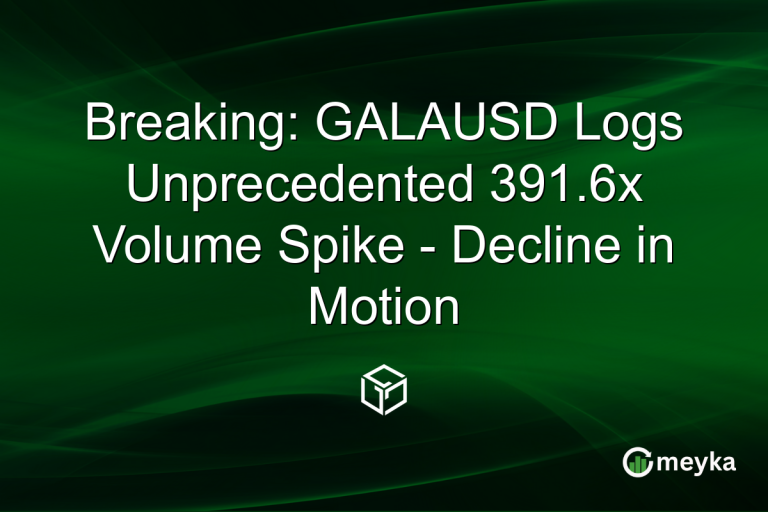Yokohama Earthquake Activity: What Investors Need to Know
Recent data indicates a surge in seismic activity in Yokohama, Japan. In the past 24 hours alone, the region has experienced 15 minor quakes. This heightened activity raises concerns for local businesses and the real estate market. As Japan sits on the Pacific Ring of Fire, the potential for more significant seismic events looms large. Investors need to assess the risks and opportunities these developments might present in the Yokohama market.
Seismic Activity in Yokohama: Current Trends
Yokohama has witnessed an uptick in seismic activity recently, with 15 minor earthquakes recorded in just one day. This trend is concerning given Yokohama’s historical vulnerability to seismic events due to its location on the Pacific Ring of Fire. Increased earthquake frequency in Japan often signals tectonic shifts that can lead to more substantial quakes. This information is crucial for stakeholders in the region as it impacts strategic planning and risk management. Check recent events for detailed insights.
Impact on Local Businesses and Real Estate
The economic implications of increased seismic activity in Yokohama cannot be overstated. Local businesses, particularly those in manufacturing and logistics, face disruption risks to operations and supply chains. Moreover, the real estate sector may experience shifts. Historically, increased earthquake frequency in Japan leads to a dip in property values due to perceived risks. Investors should consider potential volatility when assessing real estate opportunities in Yokohama. This may alter investment strategies, emphasizing disaster readiness and resilience.
Government Response and Policy Adjustments
Japan’s government has historically been proactive in managing seismic risks, implementing strict building regulations and emergency preparedness programs. In light of recent activities, local authorities in Yokohama may propose updated regulations to enhance building resilience. Policy shifts might also include increased funding for seismic research and disaster response mechanisms. Investors should watch for these regulatory changes, as they can influence market dynamics and investment security in the region.
Final Thoughts
Increased seismic activity in Yokohama presents both challenges and opportunities for investors. While the immediate risk may cause market jitters, it also highlights the importance of resilient infrastructure and adaptive strategies. Investors should consider diversifying their portfolios and ensuring compliance with updated safety regulations to mitigate risks. Staying informed about government policies and seismic trends will be crucial in navigating Yokohama’s evolving market landscape. This proactive approach can help safeguard investments and even leverage new opportunities in a potentially volatile environment.
FAQs
Yokohama has experienced a notable increase in seismic activity, with 15 small earthquakes recorded within the last 24 hours. This rise in activity is significant for investors and businesses operating in the region.
Increased seismic activity can lead to market volatility, particularly affecting real estate and local businesses. Investors may face risks related to property values and operational disruptions. Preparing for these impacts is essential for safeguarding investments.
Investors should diversify their portfolios, ensure compliance with local building regulations, and monitor changes in government policy regarding disaster preparedness. This proactive approach helps minimize risks associated with seismic events.
Disclaimer:
The content shared by Meyka AI PTY LTD is solely for research and informational purposes. Meyka is not a financial advisory service, and the information provided should not be considered investment or trading advice.






